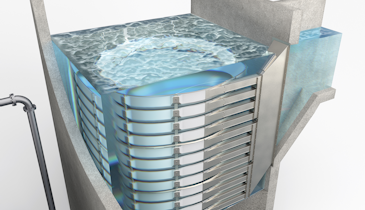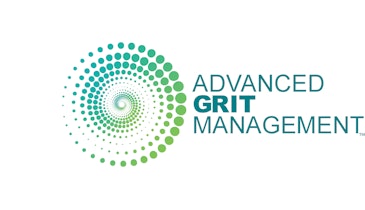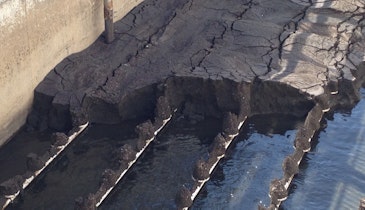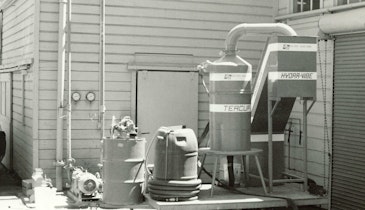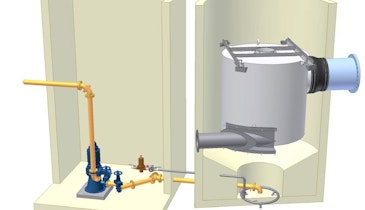
Harnessing the power of vortex principles provides the ideal method for liquid-solid separation in grit removal. Several types of grit removal technologies rely on vortex principles, but some use it much more efficiently than others. Hydro often encounters people unsure of exactly how the vortex principles function in the different grit separation technologies.
Gravity is generally accepted as the dominant force in grit removal systems where influent flows are not pump fed. Beyond gravity, the three most influential criteria for vortex grit system capture efficiency are:
- Particle settling velocity
- Basin size
- Flow rate
Capture efficiency can also be affected by inlet velocity, inlet size, shape and placement in the vessel, outlet geometry and location, floor slope, ratio of influent to underflow, and whether a rotating impeller is used.
Understanding the factors in designing vortex separators is the key to evaluating grit removal systems and the associated performance claims. This white paper provides a summary and literature review of the published science from industry experts that demonstrates how vortices work in grit removal.
Download White PaperVisit the Hydro International Storefront
